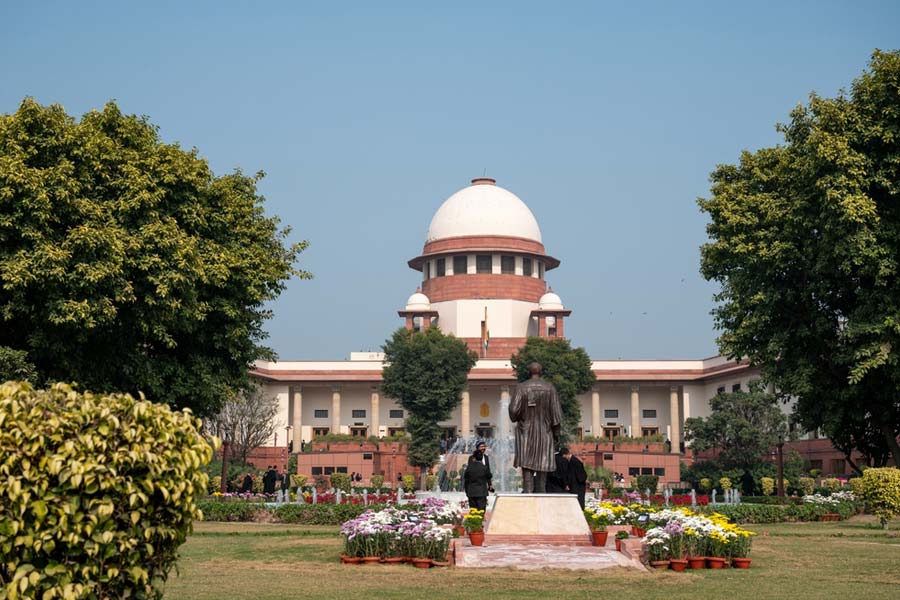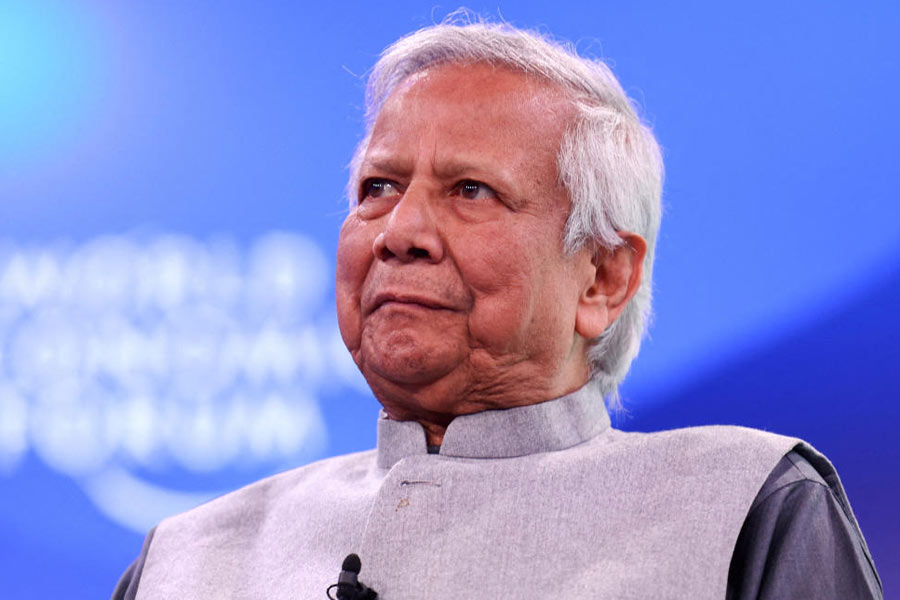 |
Bhubaneswar, Oct. 16: The civic body today assessed the damage caused to its infrastructure by Phailin and estimated the loss at Rs 30 crore.
With wind passing at a speed of 74km to 112km per hour and a rainfall of 168.7mm on October 12 night, the city witnessed almost a kind of replay of things that happened during the 1999 supercyclone.
Commissioner of Bhubaneswar Municipal Corporation Sanjib Kumar Mishra said: “Cutting of uprooted trees and clearing obstructions from road was a difficult task during the 1999 supercyclone. So, roads remained blocked for nearly a week during that time. But this time, we were ready with seven excavators, which cleaned all major roads off uprooted trees. However, the branches of the uprooted trees heavily damaged the streetlights.”
To add to the woes, thieves decamped with around 1,000 electrical fittings used in streetlights. Figures available with the corporation revealed that the cyclone had damaged as many as 670 streetlight poles, besides damaging 100km of electric cables. Some 1,850 electrical fittings were also found missing.
The civic body has constituted seven teams for the restoration of the streetlights.
“As of now, 90 per cent of streetlights on major roads and 40 per cent of streetlights in lanes and by-lanes of the city have been restored. It will take one more week for the complete restoration of streetlights in the city,” said Mishra.
Small drains were also damaged at various low-lying areas as floodwater was flowing at a high speed because of incessant rainfall during the cyclonic storm.
“The estimate done by the engineering wing of the corporation clearly shows that 100km of secondary and tertiary drains and 30 disposal or meeting points of the drains were completely damaged. Similarly, more than 300km stretch of drains in the city were filled with soil debris and plant residues that were drifted by the mighty floodwaters,” city engineer TBK Shroff told The Telegraph.
Various small lanes maintained by the corporation were also damaged by the cyclone attack in the city.
“We have received reports of partial or complete damage of blacktop roads measuring 200km in the city. While the roads were completely washed away in many parts, they were filled with potholes in some places,’’ said another senior BMC engineer.
Following the direction of the state government, the 3,000-odd staff of the civic body worked tirelessly during and after the cyclone to clear the roads and clean other public utilities within 36 hours after the cyclone.
“The civic body has done a great post-cyclone clean-up job, though they had no tree cutter at their disposal,” said Mrutynjay Tripathy, a resident of Soubhagya Nagar (Phase-II) near Siripur.
Tripathy, who was here during the 1999 supercyclone, said: “The civic bosses seem to have learnt from past experience. This time, they evacuated people from low-lying areas, making the zero-casualty mission a reality.”
Only one person died in the city as she was standing under a chakunda tree, which was uprooted by the storm.
“We have decided to request the forest department officials to plant only deep-rooted and strong trees such as neem along the streets because they can withstand wind and do not cause any casualty during natural calamities. There should be a change in choosing wind-resisting tree species for the city,’’ said Mishra.










